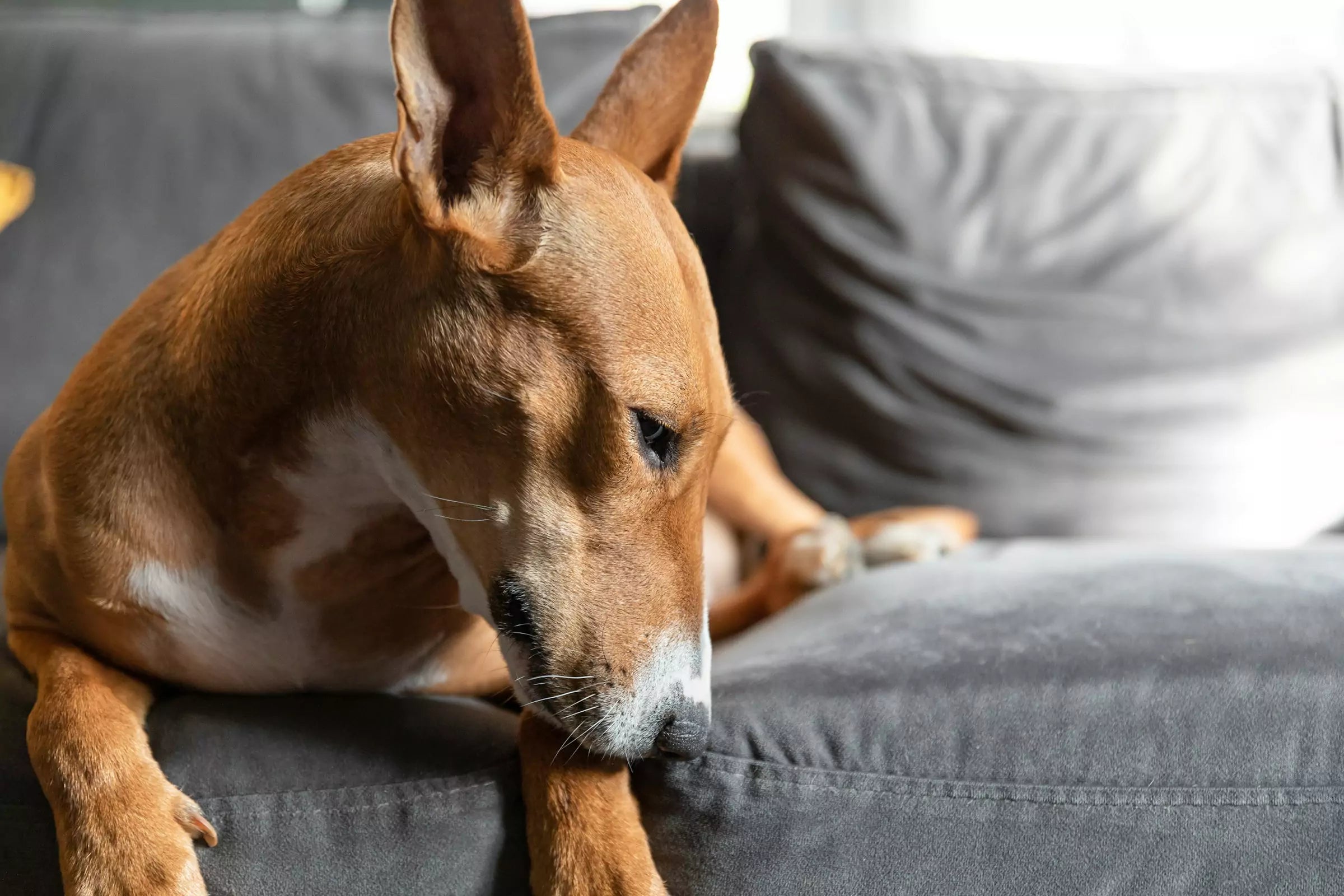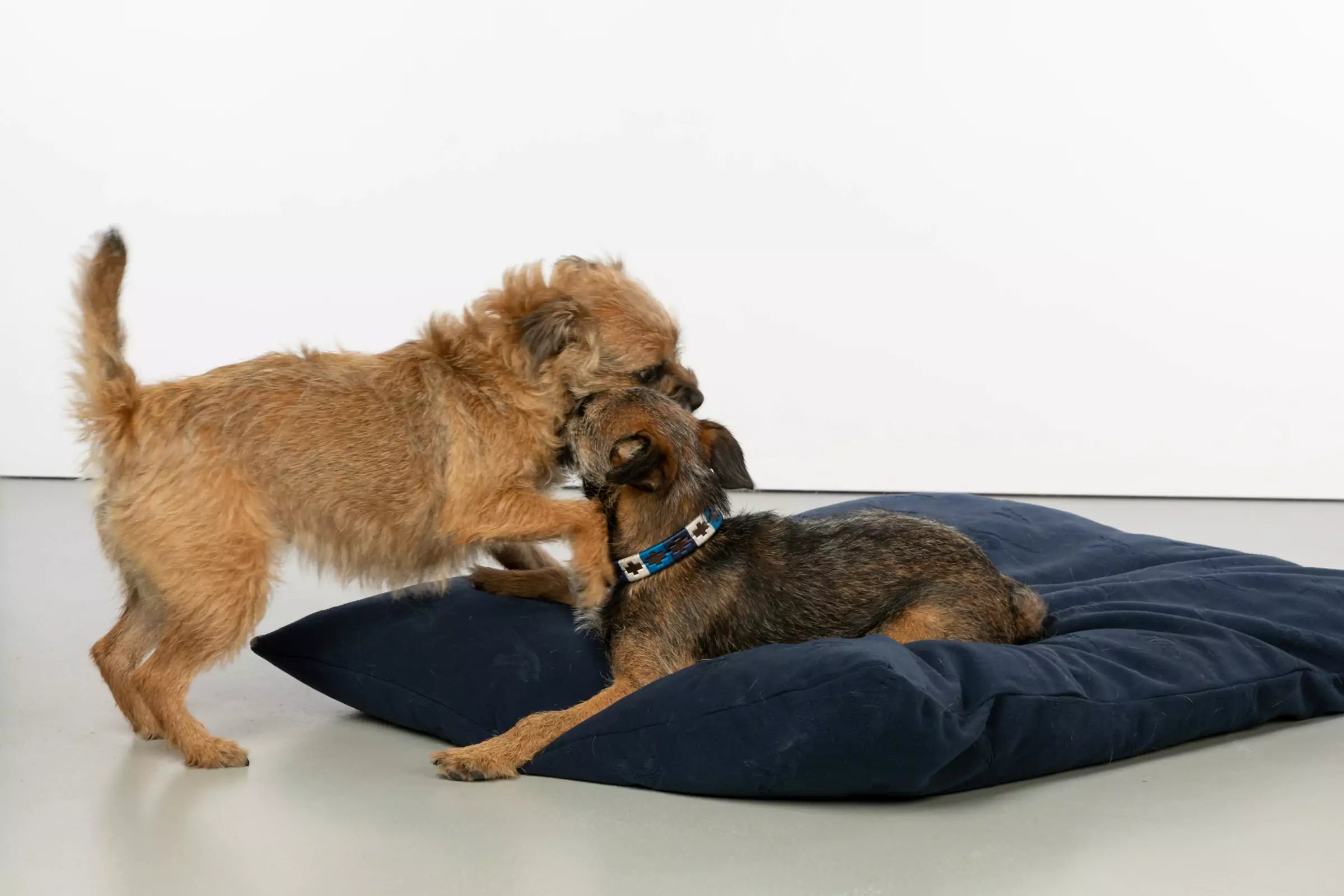Introduction
Is your furry friend turning your favorite couch into their personal chew toy? You're not alone, and it's completely understandable to feel frustrated. But don't worry, we've got you covered! Addressing your dog's chewing behavior is essential not only for saving your furniture but also for ensuring your pup's happiness and health.
Understanding Why Dogs Chew on Furniture
Before diving into solutions, it's important to understand why dogs chew on furniture. Chewing is a natural behavior for dogs. For puppies, it's often a part of teething, while for adult dogs, it can be a sign of boredom, anxiety, or a lack of exercise.
Identifying the Root Cause
To effectively curb your dog's chewing, you need to identify the root cause. Observe your dog's behavior closely. Do they chew more when left alone? Are they chewing on specific types of furniture? Keeping a behavior journal can help you spot patterns and triggers.
Puppy Teething Solutions
If your puppy is teething, they need appropriate chew toys to soothe their gums. Soft, rubber toys or teething rings are great options. You can also use teething gels to provide relief. Make sure your puppy has a safe space where they can chew without getting into trouble.

Boredom and Mental Stimulation
Boredom is a common reason for chewing. Keep your dog mentally stimulated with interactive toys and puzzles. Daily playtime is crucial. Rotate their toys regularly to keep things interesting and engaging for your furry friend.
Managing Anxiety and Stress
Anxiety can also lead to destructive chewing. Look for signs like excessive panting, pacing, or whining. Create a calm environment for your dog by reducing loud noises and using calming aids like pheromone diffusers. Providing a cozy, safe spot for your dog to retreat to can also help.
Exercise and Physical Activity
Regular exercise is vital for preventing destructive behaviors. Dogs need physical activity to burn off energy. Take your dog for daily walks, runs, or play fetch in the backyard. A tired dog is a happy dog, less likely to chew on your furniture.
Training and Positive Reinforcement
Training your dog with positive reinforcement is key. Teach basic commands like "leave it" or "drop it." Reward your dog when they follow these commands instead of chewing on furniture. Consistent, positive reinforcement encourages good behavior over time.
Chew Deterrents
Using chew deterrents can make your furniture less appealing. There are commercial sprays available, or you can make your own solution with vinegar and water. Apply the deterrent to the furniture, reapplying as needed to keep your dog away.

Dog-Proofing Your Home
Consider rearranging your furniture or using barriers and gates to limit your dog's access to certain areas. Secure valuable items and keep tempting objects out of reach. This helps reduce opportunities for your dog to chew on forbidden items.
Creating a Designated Chewing Area
Set up a specific area where your dog is allowed to chew. Provide plenty of appropriate chew toys and encourage your dog to use this space. Praise and reward them when they choose to chew in the designated area.
Professional Help
If your dog's chewing behavior persists, it might be time to seek professional help. A trainer or behaviorist can provide personalized guidance and training techniques to address the issue effectively. Professional help can make a big difference, especially for severe cases.
Consistency and Patience
Consistency and patience are crucial in changing your dog's behavior. Stick to your training routine and be patient with your furry friend. Remember, behavior changes take time, and with persistence, you'll see progress.
Conclusion
Stopping your dog from chewing on furniture is a journey that requires understanding, patience, and consistency. By identifying the root cause, providing appropriate alternatives, and using positive reinforcement, you can help your dog develop better habits. Remember, you're not alone in this – many dog parents have been in your shoes and successfully turned things around.
FAQs
How long does it take to stop chewing behavior?
The time it takes varies depending on the dog's age, breed, and the underlying cause of the chewing. Consistent training and patience are key.
What if my dog chews when I'm not home?
Consider crate training or confining your dog to a safe space with appropriate chew toys. This can prevent them from accessing furniture when unsupervised.
Can certain breeds be more prone to chewing?
Yes, some breeds, like Labradors and Beagles, are naturally more inclined to chew due to their high energy levels and curiosity.
Are there health concerns with chewing on furniture?
Yes, chewing on furniture can lead to ingestion of harmful materials, choking hazards, and dental issues. Providing safe chew toys is essential.
What if nothing seems to work?
If you've tried multiple strategies without success, consulting a professional trainer or behaviorist can provide tailored solutions for your dog's specific needs.















Share:
Best Flea and Tick Treatments for Dogs
How Can I Make My Backyard Safe for My Dog?